Filter by
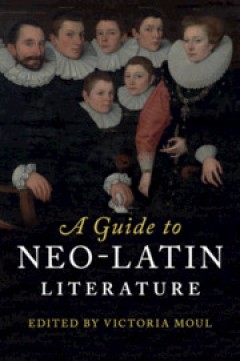
A Guide to Neo-Latin Literature
Latin was for many centuries the common literary language of Europe, and Latin literature of immense range, stylistic power and social and political significance was produced throughout Europe and beyond from the time of Petrarch (c.1400) well into the eighteenth century. This is the first available work devoted specifically to the enormous wealth and variety of neo-Latin literature, and offers…
- Edition
- -
- ISBN/ISSN
- 9781139248914
- Collation
- -
- Series Title
- -
- Call Number
- -
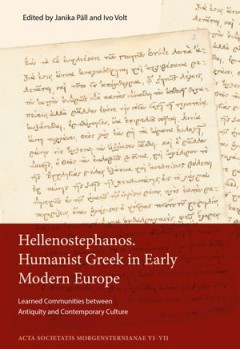
Hellenostephanos : Humanist Greek in Early Modern Europe
The rebirth of Ancient Greek in Europe was promoted by Humanist education and ideas to such an extent that we can consider the Greek language as a formative element of Humanist culture. Next to Latin, the default common language, a Humanist has to know and use Greek, because he is not, cannot and will not be a barbarian: barbaros ou pelomai, as Julius Caesar Scaliger claimed in his verses in 16…
- Edition
- -
- ISBN/ISSN
- 9789949777587
- Collation
- -
- Series Title
- -
- Call Number
- 900 PAL h
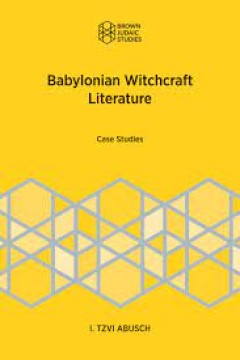
Babylonian Witchcraft Literature : Case Studies
The studies in this volume focus on individual Babylonian magical texts while developing an overall understanding of these texts as a whole. Part One follows a diachronic approach, Part Two a synchronic one. In this sense, the studies are to be viewed broadly: while unravelling knots in individual texts, they highlight certain issues and exemplify some solutions for common problems in tradition…
- Edition
- -
- ISBN/ISSN
- 9781946527141
- Collation
- 176 halaman
- Series Title
- -
- Call Number
- 800 ABU b
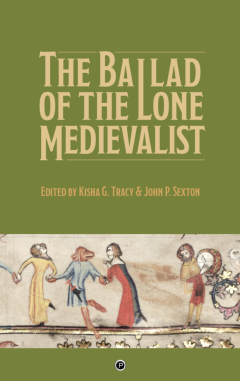
The Ballad of the Lone Medievalist
Are you a Lone Medievalist? Working medievalists are often the only scholar of the Middle Ages in a department, a university, or a hundred-mile radius. While working to build a body of focused scholarly work, the lone medievalist is expected to be a generalist in the classroom and a contributing member of a campus community that rarely offers disciplinary community in return. As a result, overt…
- Edition
- -
- ISBN/ISSN
- 9781947447547
- Collation
- 388 halaman
- Series Title
- -
- Call Number
- 370 BAL
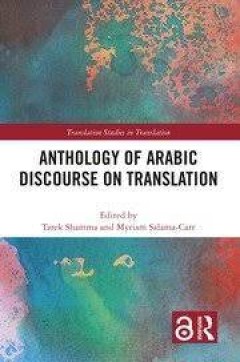
Anthology of Arabic Discourse on Translation
"This anthologybrings the keywritings on translation in Arabic in the pre-modern era, extending from the earliest times (sixth century CE) until the end of World War I, to a global English-speaking audience. The texts are arranged chronologically and organized by two historical periods: the Classical Period, and the Nahda Period. Each text is preceded by an introduction about the selected text …
- Edition
- -
- ISBN/ISSN
- 9781000513301
- Collation
- 417
- Series Title
- Translation Studies in Translation,
- Call Number
- -
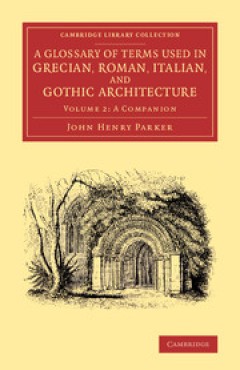
A Glossary of Terms Used in Grecian, Roman, Italian, and Gothic Architecture
The Oxford bookseller and publisher John Henry Parker (1806–84), a supporter of the Tractarian movement and a friend of Cardinal Newman, was also a historian of architecture, and first published this glossary in 1836. Reissued here is the enlarged third edition of 1840. The work is ordered alphabetically, and illustrated with 700 woodcuts by various artists. As stated in the first edition's p…
- Edition
- -
- ISBN/ISSN
- 9781107446144
- Collation
- -
- Series Title
- Cambridge Library Collection - Art and Architecture
- Call Number
- -
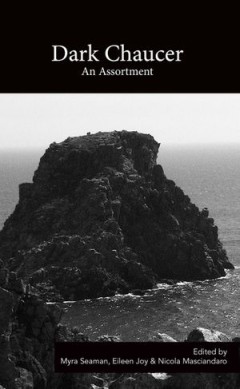
Dark Chaucer : An Assortment
Although widely beloved for its playfulness and comic sensibility, Chaucer’s poetry is also subtly shot through with dark moments that open into obscure and irresolvably haunting vistas, passages into which one might fall head-first and never reach the abyssal bottom, scenes and events where everything could possibly go horribly wrong or where everything that matters seems, if even momentaril…
- Edition
- -
- ISBN/ISSN
- 9780615701073
- Collation
- 224 halaman
- Series Title
- -
- Call Number
- 800 DAR

Ultrafast Magnetism I Proceedings of the International Conference UMC 2013 S…
This volume on Ultrafast Magnetism is a collection of articles presented at the international “Ultrafast Magnetization Conference” held at the Congress Center in Strasbourg, France, from October 28th to November 1st, 2013. This first conference, which is intended to be held every two years, received a wonderful attendance and gathered scientists from 27 countries in the field of Femtomagnet…
- Edition
- -
- ISBN/ISSN
- 978-3-319-07743-7
- Collation
- -
- Series Title
- -
- Call Number
- -
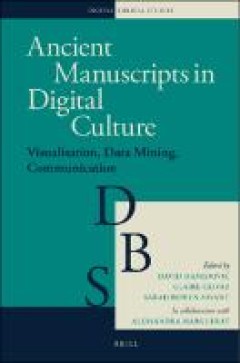
Ancient Manuscripts in Digital Culture: Visualisation, Data Mining, Communica…
Ancient Manuscripts in Digital Culture presents an overview of the digital turn in Ancient Jewish and Christian manuscripts visualisation, data mining and communication. Edited by David Hamidović, Claire Clivaz and Sarah Bowen Savant, it gathers together the contributions of seventeen scholars involved in Biblical, Early Jewish and Christian studies. The volume attests to the spreading of digi…
- Edition
- -
- ISBN/ISSN
- 9789004399297
- Collation
- -
- Series Title
- -
- Call Number
- -

Ancient Manuscripts in Digital Culture : Visualisation, Data Mining, Communic…
Ancient Manuscripts in Digital Culture presents an overview of the digital turn in Ancient Jewish and Christian manuscripts visualisation, data mining and communication. Edited by David Hamidović, Claire Clivaz and Sarah Bowen Savant, it gathers together the contributions of seventeen scholars involved in Biblical, Early Jewish and Christian studies. The volume attests to the spreading of digi…
- Edition
- -
- ISBN/ISSN
- 9789004399297
- Collation
- xvi, 284 halaman
- Series Title
- Digital Biblical Studies, Volume: 3
- Call Number
- 800 ANC
 Computer Science, Information & General Works
Computer Science, Information & General Works  Philosophy & Psychology
Philosophy & Psychology  Religion
Religion  Social Sciences
Social Sciences  Language
Language  Pure Science
Pure Science  Applied Sciences
Applied Sciences  Art & Recreation
Art & Recreation  Literature
Literature  History & Geography
History & Geography